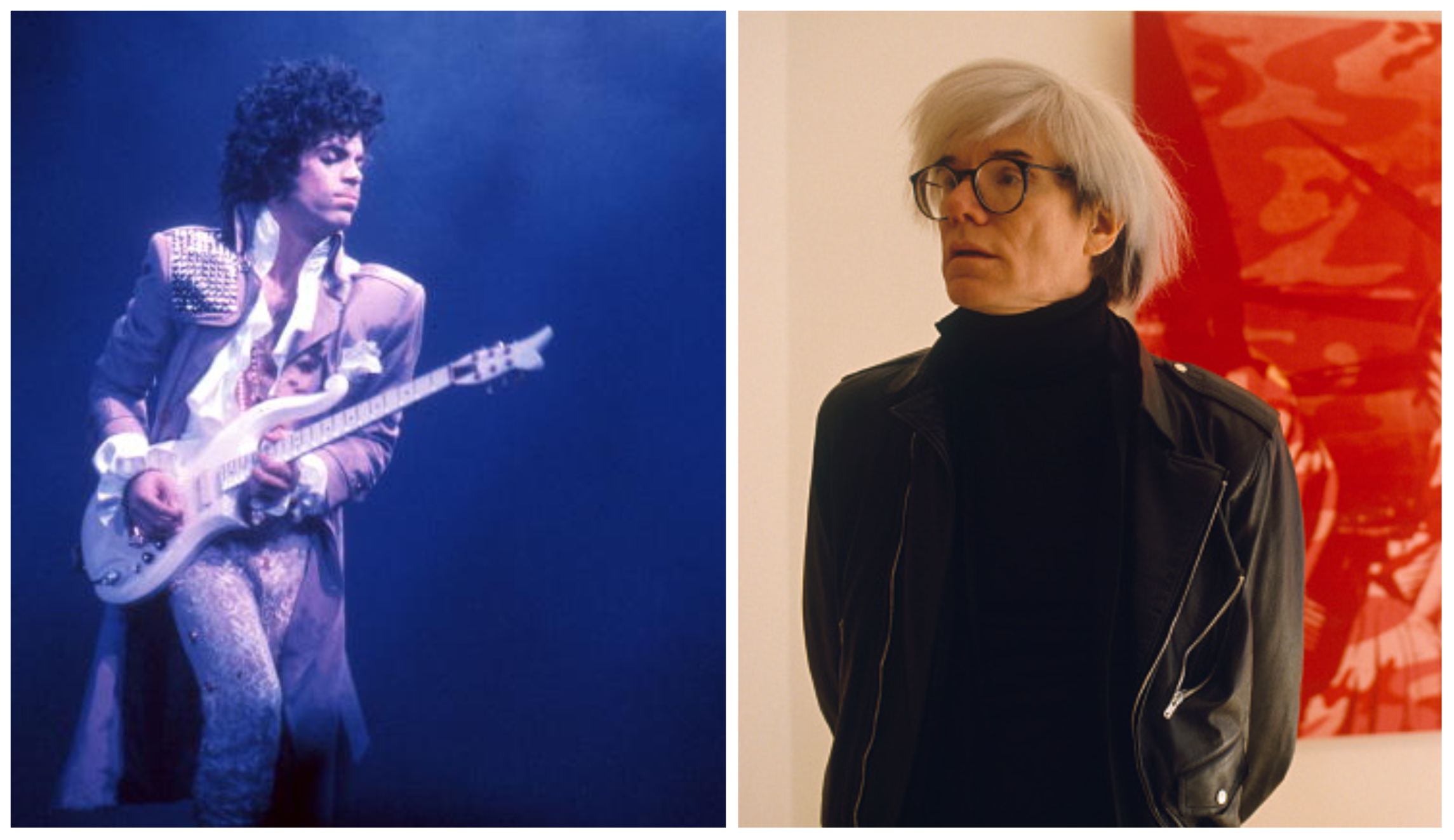The Supreme Court will soon hear arguments in a dispute over whether the late pop artist Andy Warhol‘s alterations to another photographer’s photo are sufficiently transformative to constitute fair use.
Some 35 years after Warhol’s death, the court will consider whether the artist, known for transforming and altering his source material into innovative art pieces, effectively stole from Lynn Goldsmith by infringing her copyright on a photo she captured of rock star Prince that appeared in Vanity Fair, which paid for a licensing fee to use the image.
In short, justices will be tasked to determine whether there are limits to appropriation and imitation in art and decide how much a preexisting piece should be transformed for a new artist to claim it as their own.
ANDY WARHOL MARILYN MONROE PORTRAIT SET TO HIT AUCTION AT $200 MILLION
An appeals court rules that Andy Warhol violated a photographer’s copyright by using her image of Prince without credit: https://t.co/Pu1zPuIDcg pic.twitter.com/e4gz9zNFrS
— Artnet (@artnet) March 31, 2021
The case stems from a previous ruling in a California federal district court that found the Warhol artwork qualified as fair use. However, the 2nd U.S. Circuit Court of Appeals rejected the fair use ruling in the context of its use on the Vanity Fair cover after Prince’s death in 2016.
The Andy Warhol Foundation argues the artist “cropped the image to remove Prince’s torso, resized it, altered the angle of Prince’s face.” It also says he altered the “tones, lighting and detail” and “added layers of bright and unnatural colors, conspicuous hand-drawn outlines and line screens, and stark black shading that exaggerated Prince’s features.”
Roman Martinez, an attorney arguing on behalf of the Andy Warhol Foundation, claims the issue could amount to a “potentially significant copyright case” when justices render their final decision on the dispute, he said at the Federalist Society’s Faculty Division and Practice Groups annual high court preview event earlier this month.

Martinez said the justices will seek to define and apply the “purpose and character factor,” which the high court and lower courts commonly refer to as the “transformative use factor,” as a measure to test whether alterations to previous work are genuinely different and unique.
“Artists forever have been borrowing elements of each other’s work, especially certain artistic movements in the late 20th century,” Martinez added.
In August, the Justice Department filed a brief criticizing the Andy Warhol Foundation’s argument that Warhol’s image of Prince was fair use because the colorized version added new meaning to Goldsmith’s photo.
The Justice Department said Warhol’s defenders who argue his work created a new meaning of Goldsmith’s altered photograph would “dramatically expand copyists’ ability to appropriate existing works.”
“Classic derivative works that are commonly understood to require licensing — including sequels, motion-picture and stage adaptations, spinoffs, remakes, and cross-over works — inevitably introduce new meaning,” the brief said.
CLICK HERE TO READ MORE FROM THE WASHINGTON EXAMINER
Many legal experts see the Andy Warhol Foundation v. Goldsmith case as a follow-up to the Supreme Court’s 2021 ruling in Google v. Oracle, which held that Google made “transformative” fair use of Oracle’s Java software language to build the Android operating system software on smartphones.
The case is slated for oral arguments on Oct. 12, marking one of the first major cases of the high court’s fall 2022-23 term.

